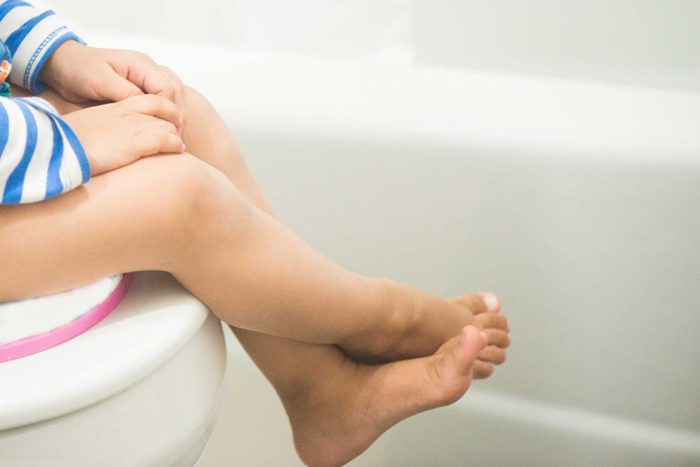
Is your child constipated?
Taking care of sick little ones can be a tough business, especially when it comes to constipation in toddlers. It’s hard to know just how they’re feeling, and whether toddlers are just going through a phase or a growth spurt. So many things come into play: toddlers are experimenting with new foods and exercising control over potty training. However, constipation in toddlers can lead to an unhappy little one, so learning how to relieve constipation in children is a must for parents. From stool softeners for kids to natural toddler constipation remedies, here’s what you need to know about constipation in toddlers.

Know the signs of constipation
It can be hard to know when your kid is constipated, especially since it’s totally normal for a child not to poop every day. “From the age of three years and up normal stool frequency varies between three stools per week to three per day,” says Maria Oliva-Hemker, MD, director of pediatric gastroenterology, hepatology, and nutrition at Johns Hopkins Children’s Center in Baltimore. You should become concerned about constipation if your child is having fewer than two bowel movements a week, complains of pain in the abdomen or while pooping, or is producing hard, dry stools. Here are common reasons adults get constipated too.

Focus on fiber
Any parent knows that toddlers are picky eaters, but not having enough fiber from fruits and vegetables can contribute to chronic constipation in toddlers. One of the easiest steps for preventing constipation? Make sure your child is eating a diet rich in fiber. “Parents need to start exposing their children to foods that represent the colors of the rainbow from an early age,” says Dr. Oliva-Hemker. “Parents have to eat these foods and cut back on junk food themselves. They can’t expect their children to eat healthy if they aren’t doing it.” Check out these healthy snacks for kids to sneak in more fruits and veggies.
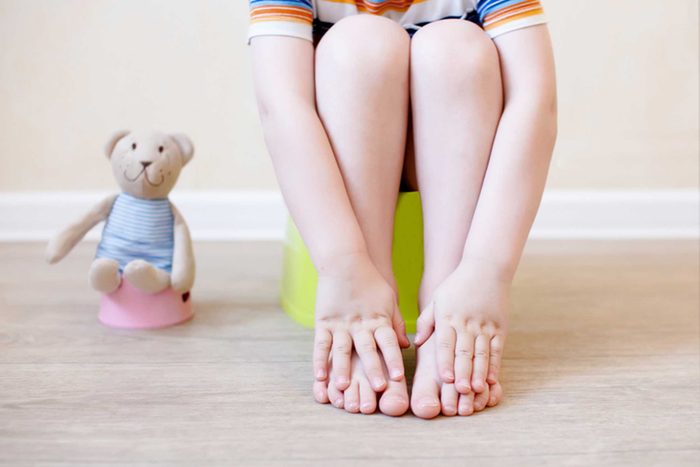
Establish a bathroom routine
Many times, constipation in toddlers is because of mental, rather than physical, reasons. Children may not want to stop playing in order to use the bathroom or may be uncomfortable using the toilet away from home. Establishing a bathroom routine that children can anticipate can help to relieve constipation in children. Allow your child to use the toilet at expected times, like after meals or before you leave the house.

Give plenty of toilet time
Your toddler may like to sit on the toilet for up to 10 minutes before making a bowel movement. Because of this, allowing plenty of toilet time is important for avoiding chronic constipation in toddlers. Giving a special book or stickers can make the time go faster.
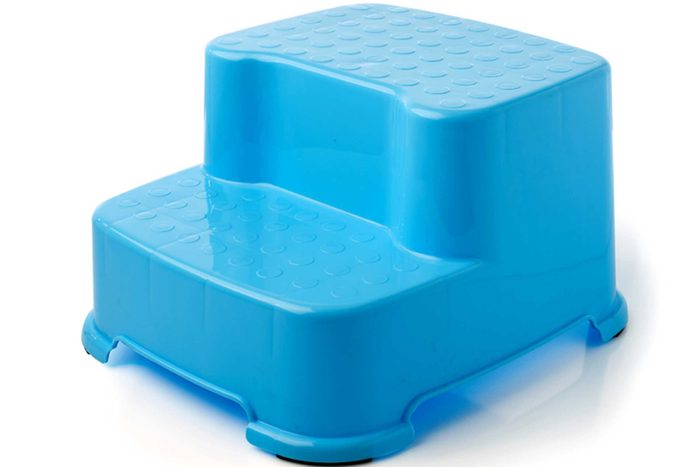
Use a stool
Toilets aren’t designed for toddlers, but proper positioning can be an important part of how to relieve constipation in children. Get a step stool for your child so that her feet can rest on a solid surface. This can help toddlers make a bowel movement more effectively.
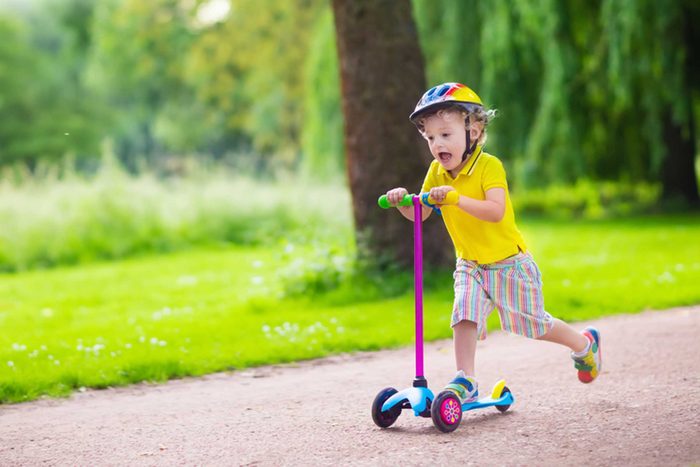
Embrace exercise
Chronic constipation in toddlers occurs when the bowels slow down, so it’s no wonder that keeping a child moving—which in turn keeps the bowels moving—is a tried-and-true remedy for toddler constipation. Your toddler should be getting at least 60 minutes of physical activity a day.
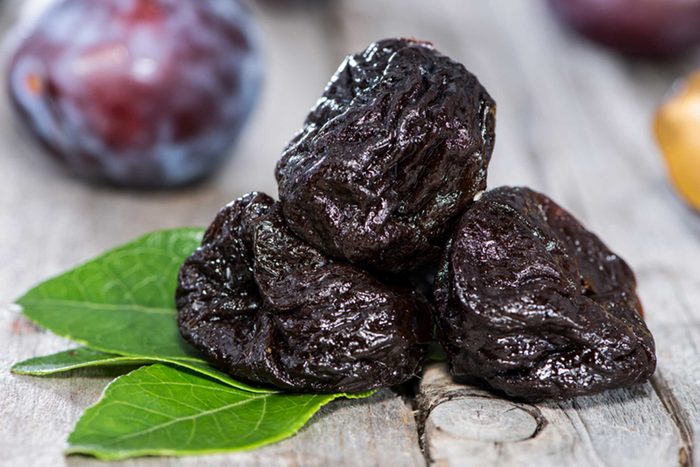
Get some sorbitol
Prunes have long been associated with constipation relief, and now science can tell us why. The fruit contains sorbitol, a naturally occurring sugar alcohol that can help stimulate the bowels. Pears and prunes are great natural sources of sorbitol and can act as a natural stool softener for kids. If that doesn’t work, kids can also take sorbitol supplements. These are other home remedies for constipation.

Offer lots of water
Without water, a diet that is high in sorbitol or fiber will have no effect on chronic constipation in kids. In fact, water is essential to keeping the bowels moving. “Don’t get kids accustomed to drinking sugary drinks or high fructose juices,” says Dr. Oliva-Hemker. “This is why children don’t want to drink plain water. Water is the best drink!” Toddlers should drink about 1 liter of water a day. If your picky eater doesn’t like drinking water, try flavoring it with fruit, or using a small amount of pear or prune juice.

Massage
Massaging your child’s abdomen is a great treatment for chronic constipation in toddlers. The gentle pressure can help relieve tension in the muscles that support the bladder and intestines. Often, blockages here can contribute to constipation in toddlers, and a simple massage can provide much-needed relief.

Try stool softeners
If natural remedies for toddler constipation aren’t working in your house, you may need to try a stool softener. Stool softeners for kids are available in liquid form, or as suppositories for children who can’t or won’t swallow a pill.

Consider laxatives
If diet changes and stool softeners do little to relieve chronic constipation in your toddler, you may want to talk to your doctor about laxatives. Laxatives can be used to relieve a blockage in children who have been constipated for a long time. However, they should only be used under a doctor’s supervision. In addition, consider these 15 foods that are natural laxatives.

